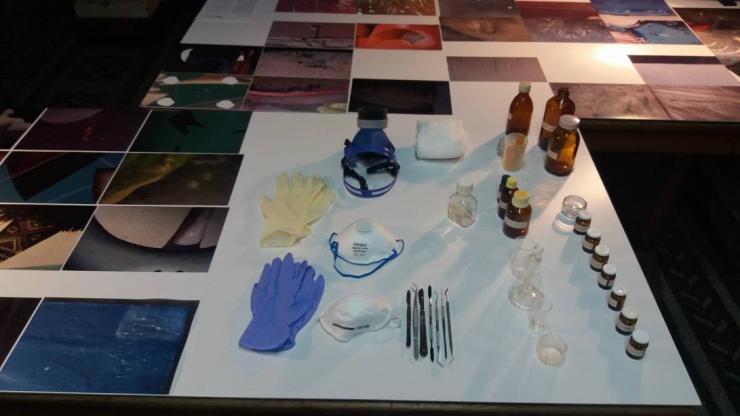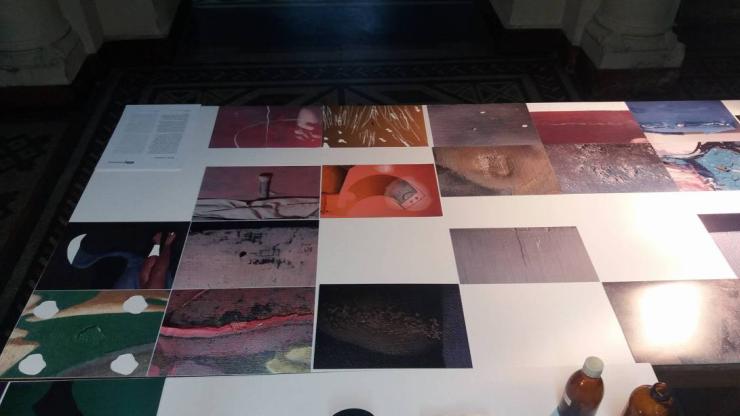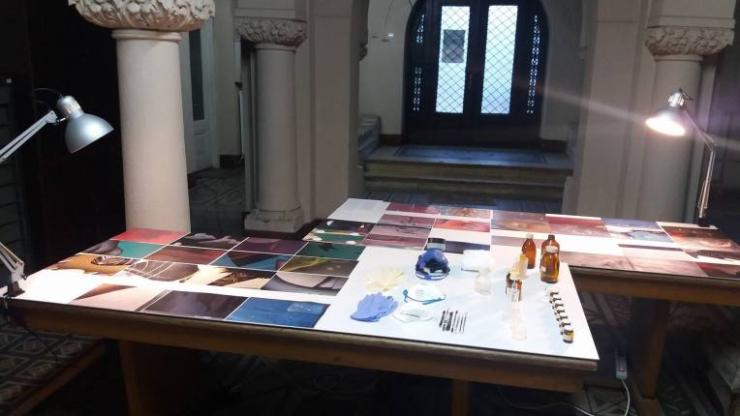Location
The Institute of Art History “G. Opescu” of the Romanian Academy (196 Calea Victoriei)Date and time
-The 7th edition of the International Experimental Engraving Biennial (IEEB7) with the concept Fabricated Histories. Fact and Fiction in Recent History presents the art installation by Silvia Trăistaru, Unwritten Process. Institute of Art History “G. Opescu” of the Romanian Academy (196 Calea Victoriei) Opening: November 2nd at 12.00 h Exhibition period: 2nd November 2016 – 20th February 2017 The installation can be seen from Monday till Thursday between 10.00-16.00 h Friday between 10.00 – 14.00 h “The project aims to break the principles of restoration through interventions on photographic details of modern and contemporary art works. I have chosen photographic sequences that belong to the restoration documentation on the conservation status of objects prior to the restoration process. The fragments refer to the work of artists: Paul Ackerman, Ion Barbu, Victor Brauner, Horia Damian, Jacques Herold, Jules Perahim. Restoration principles (in accordance with restoration standard specifications) include: keeping entirely the original parts of the object; any intervention should not eliminate, diminish, falsify parts of the object; the use of similar materials to the originals; the use of materials / reversible substances; readability interventions; restoring ends where hypothesis begins; restoration act does not aim to create a new mobile cultural good, but aims to bring the mobile cultural object to a state that communicates to the fullest its original function. In this project I use different materials from the originals, with different physical – mechanical properties, breaking the law of material compatibility. I will use irreversible substances and materials, that by removing from the paper body (print) will affect the state of the object – in this case the macro detail of the work. I will repaint the photo detail and I will create a new work by falsifying original parts of the object and giving a different aesthetic value of the work. The interventions on the object will not be limited to the deficient areas, but will circulate freely throughout the work area, and this can be observed by direct examination. The work resulting from these interventions that break the principles of restoration will become a new cultural good. The work aims to bring into discussion the rules and limits of the restoration process and the complex effects of this process on the relationship between original work and restored original work, original and intervention, truth and fictionalization.” Silvia Trăistaru



